-
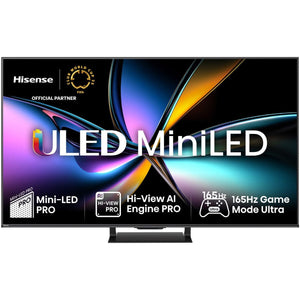
-
Angebot
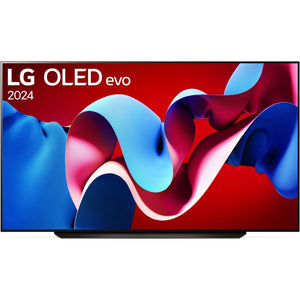 Vendor:LG
Vendor:LGLG OLED83C49LA
Regular price 4.199,00 €Regular price7.299,00 €Sale Sale price 4.199,00 € -
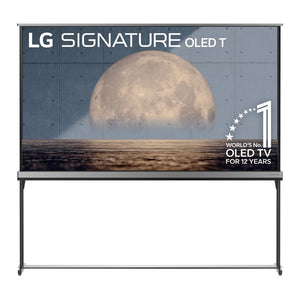
-
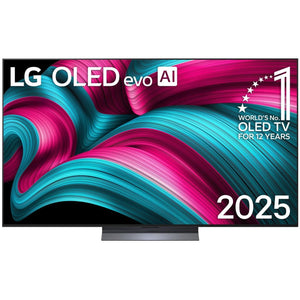 Vendor:LG
Vendor:LGLG OLED65C58LA
Regular price 1.245,00 €Regular price3.199,00 €Sale Sale price 1.245,00 € -
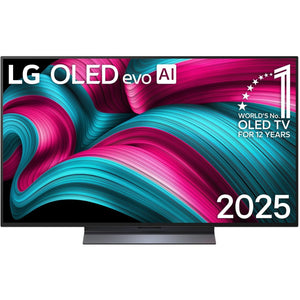
-
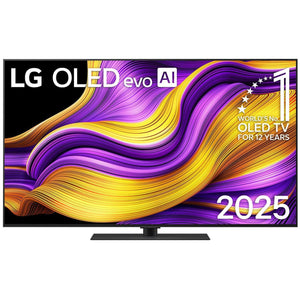
-

-

-
 Vendor:LG
Vendor:LGLG OLED55C58LA, inkl. 100,00 € Sofortrabatt
Regular price 999,00 €Regular price2.399,00 €Sale Sale price 999,00 € -

-

-

-

-
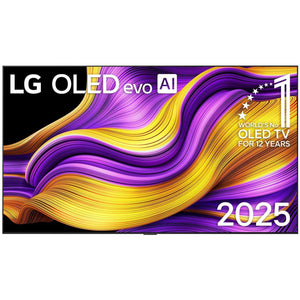
-
 Vendor:LG
Vendor:LGLG OLED77C58LA
Regular price 1.869,00 €Regular price4.599,00 €Sale Sale price 1.869,00 € -
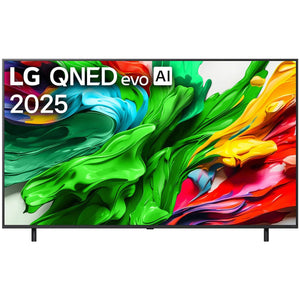 Vendor:LG Electronics
Vendor:LG Electronics65QNED85A6C
Regular price 1.599,00 €Regular price1.599,00 €Sale price 1.599,00 € -
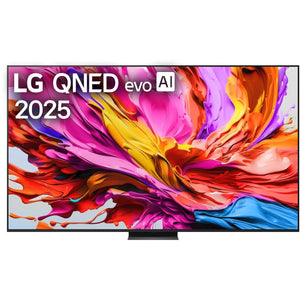 Vendor:LG Electronics
Vendor:LG Electronics100QNED86A6
Regular price 7.499,00 €Regular price7.499,00 €Sale price 7.499,00 € -
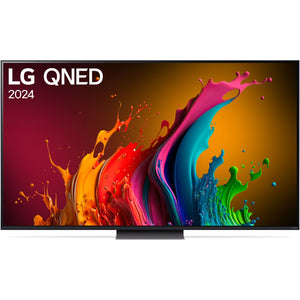 Vendor:LG Electronics
Vendor:LG Electronics65QNED87T6B
Regular price 1.599,00 €Regular price1.599,00 €Sale price 1.599,00 € -
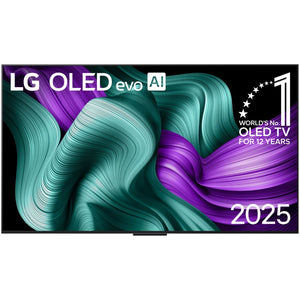 Vendor:LG Electronics
Vendor:LG ElectronicsOLED83M59LA
Regular price 4.444,00 €Regular price9.199,00 €Sale Sale price 4.444,00 € -
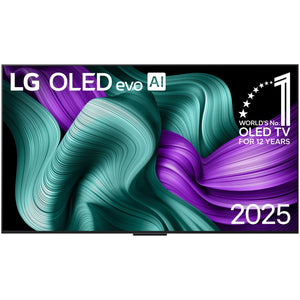 Vendor:LG Electronics
Vendor:LG ElectronicsOLED65M59LA
Regular price 2.599,00 €Regular price2.599,00 €Sale price 2.599,00 € -
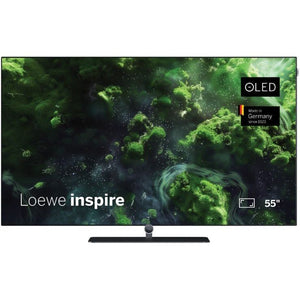 Vendor:Loewe
Vendor:Loeweinspire 55 dr+
Regular price 2.999,00 €Regular price2.999,00 €Sale price 2.999,00 € -
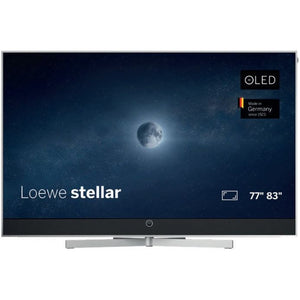 Vendor:Loewe
Vendor:Loewestellar 83 dr+ / 1-TB
Regular price 14.999,00 €Regular price14.999,00 €Sale price 14.999,00 € -
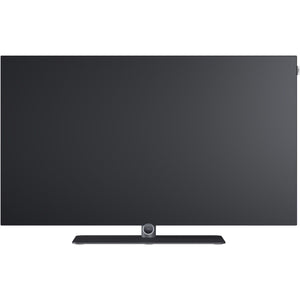 Vendor:Loewe
Vendor:LoeweLOEWE Bild i.48 DR+ inkl. Tablestand
Regular price 1.999,00 €Regular price1.999,00 €Sale price 1.999,00 € -
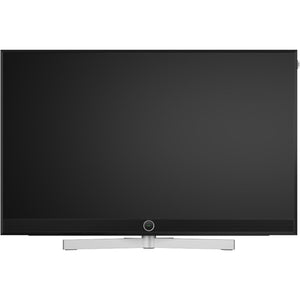 Vendor:Loewe
Vendor:Loewestellar. 48 dr+ / 1-TB
Regular price 3.799,00 €Regular price3.799,00 €Sale price 3.799,00 €
Given the rapid development of recent years, it is clear that many people no longer know which technology is currently up to date, or what the differences are between the various types of screens. That's where we come in. We would like to provide you with a small guide that will shed some light on the matter.
What do I need to consider when buying a TV?
The first step to finding the right TV is usually the screen diagonal of the TV, because the TV not only has to fit into the room, but also the recommended seating distance is one of the most important factors when buying a TV.
Although the classic rule of thumb still applies, it will probably be a thing of the past in the future, because 8K and Ultra HD have such a fine resolution that the image is razor-sharp even when sitting at a minimal distance.
The resolution of your new TV
As already mentioned briefly in the first section, the purchase decision always depends on the screen resolution as well as the screen diagonal. This is because televisions with a large screen diagonal and low resolution in particular produce a poor overall picture. However, if you buy a new television today, it usually already has a resolution that is no lower than "Full HD". As a rule, 4K, also known as UHD, has become the industry standard. Providers such as Netflix and Amazon Video already provide a lot of content in this resolution. It is also already common for new mobile phones to also support video recordings with 4k resolution. Here is a brief overview of the most common screen resolutions:
Designation |
resolution |
|
| HD ready (720p) | = | 1366 x 768 pixels |
| Full HD (1080p) | = | 1920 x 1080 pixels |
| Ultra HD (2160p) | = | 3840 x 2160 pixels |
| 8K (4320p) | = | 8K (4320p) |
Why buy a TV with 4K and Ultra HD resolution?
Televisions with a resolution of 4K, here you can also use UHD as a synonym, have a resolution of 3840 x 2160 pixels. Although 4K was originally developed as four times the resolution of the former Full HD standard, today even televisions with "only" Ultra HD resolution are called 4K televisions. The total of 8.3 million pixels create a high-resolution image with natural colors and impressive contrasts. As processor technology is becoming more and more efficient, the manufacturers of smart TVs use upscaling technology. This processes incoming signals so that the resolution is optimized and thus perfectly adapted to the screen.
8K TV | Four times 4K
As you can probably guess, TVs with 8K resolution give you four times the resolution of 4K. This means that your new TV can handle 7680 x 4320 pixels. These 33 million pixels in total enable an even more detailed and high-contrast image. In these cases, the seating distance only plays a minor role, because the image is so razor-sharp that individual pixels can no longer be seen even from the shortest distance. The only "disadvantage" of 8K TVs is that there is currently very little content that is designed for 8K resolution. So by buying an 8K TV, you are a little bit ahead of the times, but also perfectly prepared for the future.
What are the differences between the screens?
LED TVs
LED televisions can be divided into two technologies: "Edge-lit technology" and "Direct-lit technology". Televisions with Edge-lit technology have a slimmer design because the light-emitting diodes are housed in the edge of the TV. However, these can only regulate the overall brightness of the screen. In televisions with "Direct-lit technology", however, the LEDs are located behind the liquid crystal display (LCD) and thus offer a higher contrast image because you can also individually illuminate individual areas of the image. However, due to the rear positioning, these TVs are somewhat thicker.
OLED TVs
OLED TVs use their own technology. OLEDs are organic light-emitting diodes that are responsible for the image display and the brightness of the image. OLED TVs therefore work without additional backlighting and opened the way to TVs with curved displays. The display, which is curved towards the viewer, creates a very spatial viewing experience, but also limits the choice of the optimal seating position. Curved display TVs only offer the best experience if you sit in the middle in front of the screen. OLED TVs are so fast in their image reproduction that they are particularly suitable for video games and fast sequences in sports.
QLED TV
QLED TVs differ in technology from "classic" LED TVs in just one, but very important detail. The backlight consists of a backlight layer made of quantum dots. These are billions of nanocrystal LEDs that are attached to a film and illuminated. This creates true-to-life colors and high-contrast images, even in fast and hectic scenes. TVs with QLED technology always have a resolution of at least 4K and support HDR (more on this later).
Smart TV
Smart TVs are televisions that can connect to the Internet. Previously via a LAN cable, modern Smart TVs can be easily integrated into the home network via WLAN. Since the apps for the most common providers are already pre-installed, you can access streaming content directly with a Smart TV. Many Smart TV manufacturers offer the option of controlling the television easily and conveniently via your smartphone or tablet. The apps required for this are usually free and also offer the option of voice control.
What are refresh rates and HDR all about?
So that the details don't confuse you when buying a television, we will briefly explain the meaning of refresh rate and HDR:
refresh rates
The refresh rate or frequency indicates how many images the television can display per second. The higher the frequency, the smoother the content is displayed. This value is a crucial criterion, especially for hectic film scenes and when playing video games. The frame rate is given in Hertz (Hz). In this context, 100 Hz means that 100 individual images can be shown within one second. For comparison: the human eye no longer perceives individual images above a frequency of 30 Hz. Especially for televisions over 39 inches or with a resolution of 4K, we recommend making sure that the television has a minimum of 100 Hz. If the television is often used for video games, then it should be 200 Hz.
HDR
HDR stands for High Dynamic Range. This standard was introduced 30 years ago. This information is often found when using a smartphone camera. The high dynamic range describes the color of the image. HDR (now also HDR+) televisions can use this technology to reproduce a significantly increased color range. This results in true-to-life colors and a harmonious viewing experience.
TV connections: Which ones are there, which ones do I need?
When it comes to TV connections, everyone defines their own needs, as the use of TVs by smart TVs and the growing gaming segment are placing ever new demands on TV manufacturers. On the one hand, demands and needs are moving towards wireless transmission. Streaming on the TV and streaming the TV's content to external speakers is taking up more and more of the TV's functionality. Voice control and systems such as Apple Airplay & Spotify Connect also play a major role here.
It is common for televisions to be equipped with around 4 HDMI interfaces and several USB ports. This allows you to connect all of your home entertainment at the same time. This means you can control the individual devices from the comfort of your couch by changing the input. The streaming mentioned above is possible via an integrated WLAN interface, or alternatively the "classic" LAN or network cable.
Since linear television is now almost a thing of the past, many televisions, even the more expensive ones, are already equipped with a hard drive. This means you can build your own media library and save the content directly on the hard drive and play it back when you need it, without any additional effort.
With the ongoing development in the speaker industry, more and more high-quality soundbars and home cinema concepts are now being offered for televisions. It is best to check whether the television you want also has an optical output. This way you can enjoy the best sound with no loss of quality for your favorite film.
Which TV should I buy?
Since we do not want to pigeonhole you and your requirements, we cannot give any general information.
No matter which television you ultimately choose, our basic principle is that you should be satisfied.
Whether Full HD or 8K, 40 or 85 inches. With the huge selection of televisions, you are guaranteed to find the right configuration for you. But before you get lost in the jungle of offers, one of our professionals is always happy to give you personal and individual advice. You can contact us in writing at any time, or simply call us during our opening hours!

























